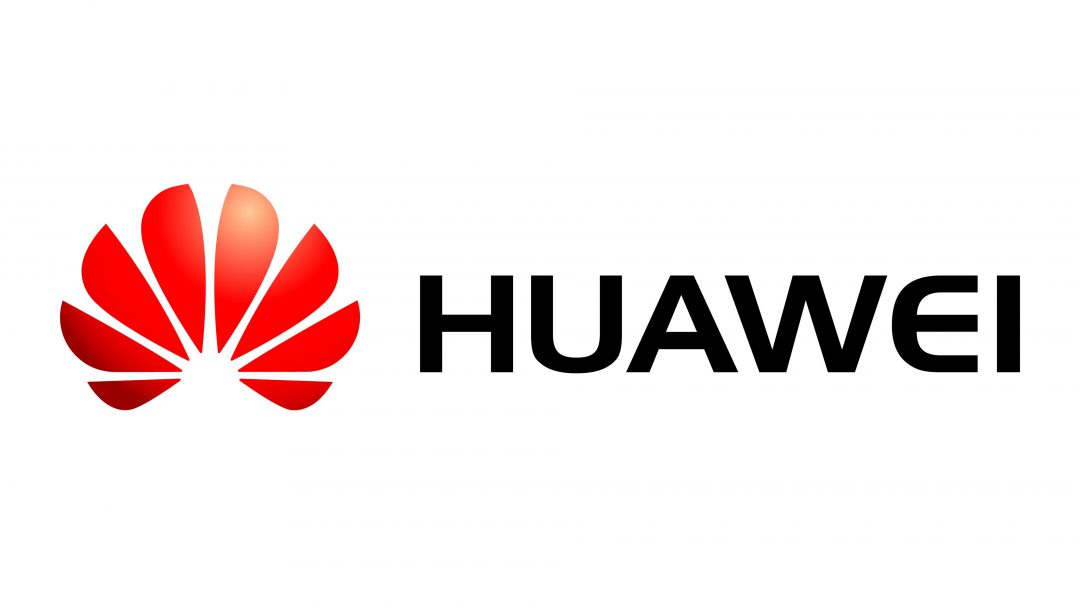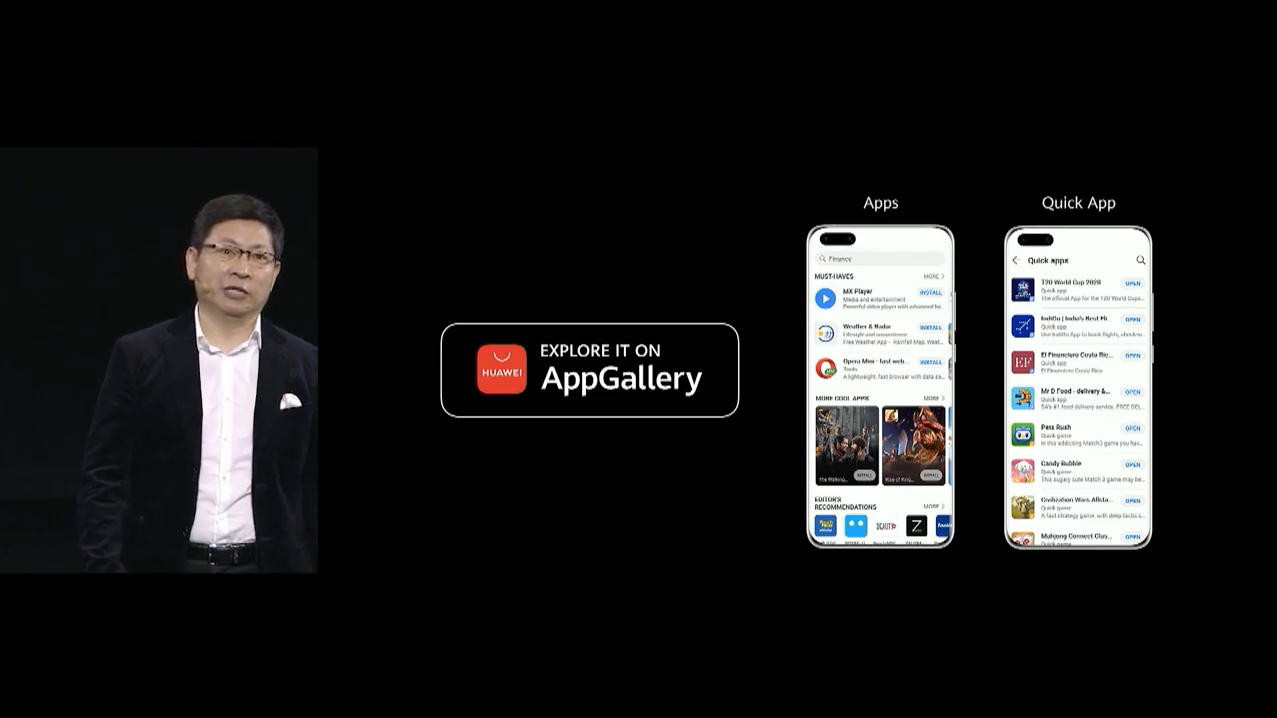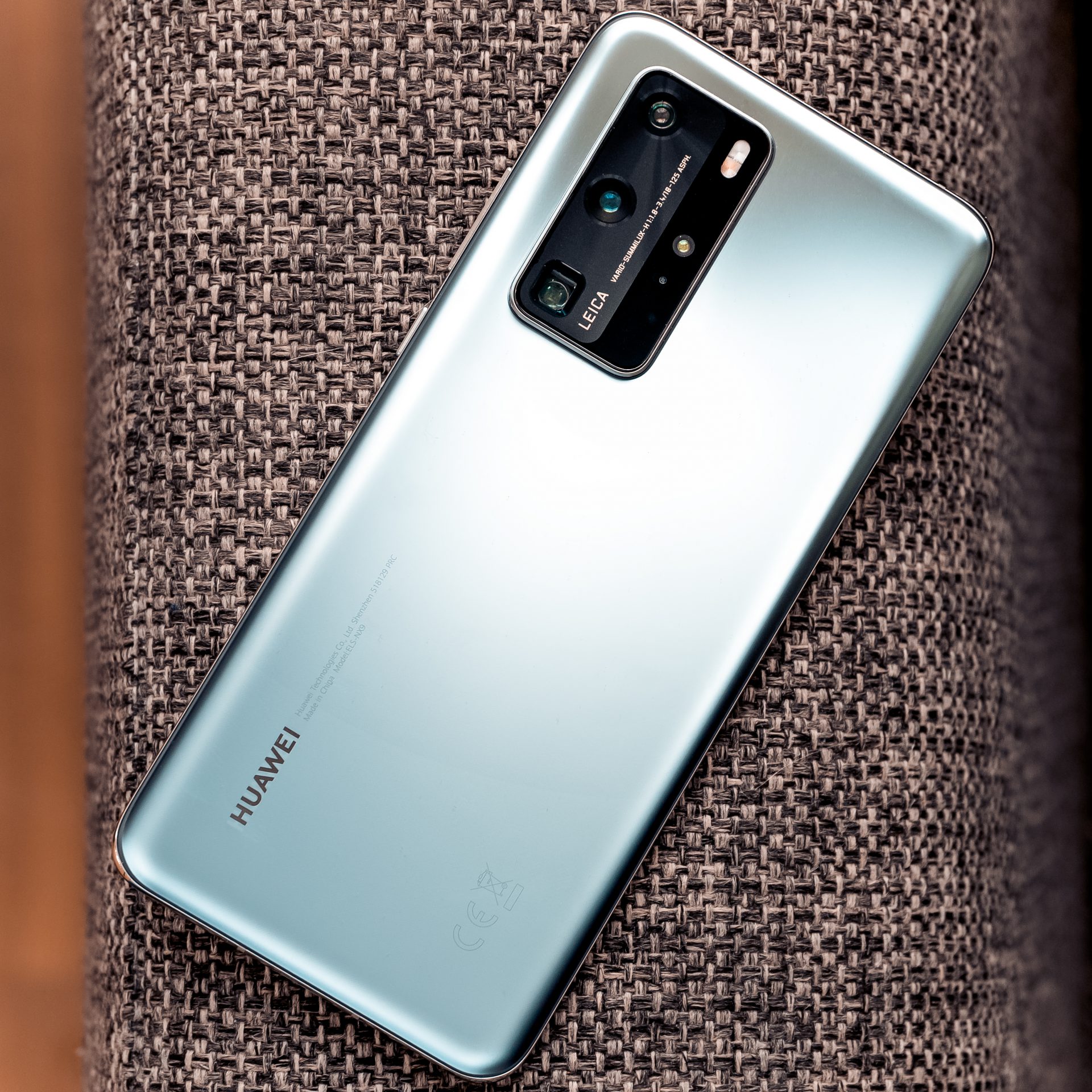Huawei has launched not one, but two top-of-the-line smartphones in recent months. Both the Huawei Mate Xs and the Huawei P40 Pro are outstanding products in each their own way. The Mate Xs is the most innovative foldable mobile to date, while few smartphones on the market come with a better camera than the P40 Pro.
Nevertheless, my bet is that in a year’s time Huawei will only be a shadow of itself in the Danish market, where the Chinese mobile manufacturer currently ranks third, chasing Samsung hard in the battle for second place after Apple.
The reason, unsurprisingly, is the absence of apps and services from Google, which Huawei is banned from using due to the much-reported US boycott of the Chinese electronics giant.
Boycott has forced Huawei to rely on AppGallery
It’s been nearly a year since the US authorities, led by President Donald Trump, blacklisted Huawei on the Entity List of companies barred from accessing new US technology, including hardware, software and other technology services.
Learn more about the background to the US blockade here: Huawei blockade could do away with Android
The US boycott has hit Huawei hard, since US Google is behind the commercial version of the Android operating system, which virtually all major mobile manufacturers in the world (except Apple) use in their smartphones.
This has forced Huawei to base their latest smartphones on the freely available Android Open Source Project (AOSP), while the Chinese have worked hard since last year to expand the range of apps in their proprietary app store, Huawei AppGallery, intended to serve as a replacement for Google Play on the company’s smartphones.
Domestically in China, Huawei is by far the largest mobile manufacturer, and since the use of Google’s search engine and services is in any case banned in China, the Chinese have long been accustomed to using other online stores with Android apps than Google Play.
Putting Huawei to the acid test
All this meant that yours truly and most other tech journalists were keen to try out both the Huawei Mate Xs and Huawei P40 Pro in practice, since these were the first two smartphones from the Chinese that would prove whether or not AppGallery could provide a genuine alternative to Google Play.
Given that Huawei is a large-scale contributor to technological innovation in the mobile market, I was crossing my fingers and toes that the Chinese company would somehow be able to pull a rabbit out of the hat and wow us with a fully functioning app store offering the vast majority of services and apps that we all know and use on a daily basis.
Instead, the sorry fact is that the range of apps available in AppGallery is so poor that both the Huawei Mate Xs and Huawei P40 Pro will be largely useless to the vast majority of ordinary folks.
Tech media underestimate issues
Finn Jarle reviewing forTek.no recommends users to use an alternative app store alongside AppGallery, such as APKPure, which supposedly has its own security solution. From APKPure, consumers can download several apps that aren’t available in AppGallery, including Amazon Prime Video, Facebook Messenger, Instagram, Spotify and Viaplay. Even the YouTube app is downloadable from APKPure, so there’s no issue, right?
Rasmus Elm Rasmussen with All about Data believes that the lack of many apps can be solved by running the service via the mobile browser. “Create a shortcut on the Start screen and it’s almost like having an app. Since most websites are mobile-optimized, the user experience is a lot like you get in an app. That goes for Facebook, Instagram and many others”, he writes in his review of the Huawei P40 Pro. “It looks promising,” he adds, concluding: “Even now, it’s actually possible to do most of the things we’re used to doing (for our needs at least).”
Tech journalist John G. with Meremobil.dk is more with me on this than many of our other colleagues. We had a good chat about this in his podcast, which you can listen to here.
Daniel Hald with Mobilsiden.dk acknowledges that the absence of Google’s apps is a problem, especially since he is a frequent user of Google’s GSuite at work, but he still suggests installing the Aurora app store, another third-party provider of apps for Android. Like APKPure, Aurora is supposedly totally secure. Yet virtually no financial solutions, such as banking and payment apps, are available in these alternative app stores.
Mobilsiden.dk inquired with Danish MobilePay, the national mobile wallet service, whether this is due to a lack of security, and received the following reply from Peter Kjærgaard Kriegbaum, Press Officer with MobilePay:
“We’ve taken similar inquiries before. We stick to our policy of referring our users to Apple App Store and Google Play Store. Our rationale is that other types of applications risk being compromised in terms of security, in that they might be infested with malware, say, and in that way be harmful for our users. The installation will also typically be more complex, which conflicts with our commitment to high usability. Finally, we have no certainty that applications which may be working properly today will also work in the long term, due, for example, to the use of integrated Google services. In principle, we could have opted to invest resources in supporting additional app stores, but we don’t see the commitment as being commensurate with the benefit,”
MobilePay’s Press Officer press told Mobilesiden.
Huawei lacking more than just Google apps
Hang on! Did the press officer mention integrated Google services? And did I even get YouTube to work after I downloaded the app to my own Huawei P40 Pro from APKPure?
No, I did not. Instead, the app told me it doesn’t work without Google Mobile Services, which “is not installed on this device”.
The fact of the matter is that it’s not just Google’s apps that are missing from Huawei’s new smartphones. It’s also Google Mobile Services, the cloud platform that many Android apps rely on to work, Including Denmark’s mobile wallet service, MobilePay.
If, say you send a message to a friend via WhatsApp, then the message is transmitted from your mobile phone via a Google server (running Google Mobile Services) to the recipient’s mobile. If you use Netflix on your smartphone to stream to the TV in your living room, it will actually be casted via Chromecast, which is also part of Google Mobile Services. And so on and so forth.
Which means that it’s not enough for an app to be available in an alternative app store. To work properly, it also requires support for Huawei’s own cloud platform.
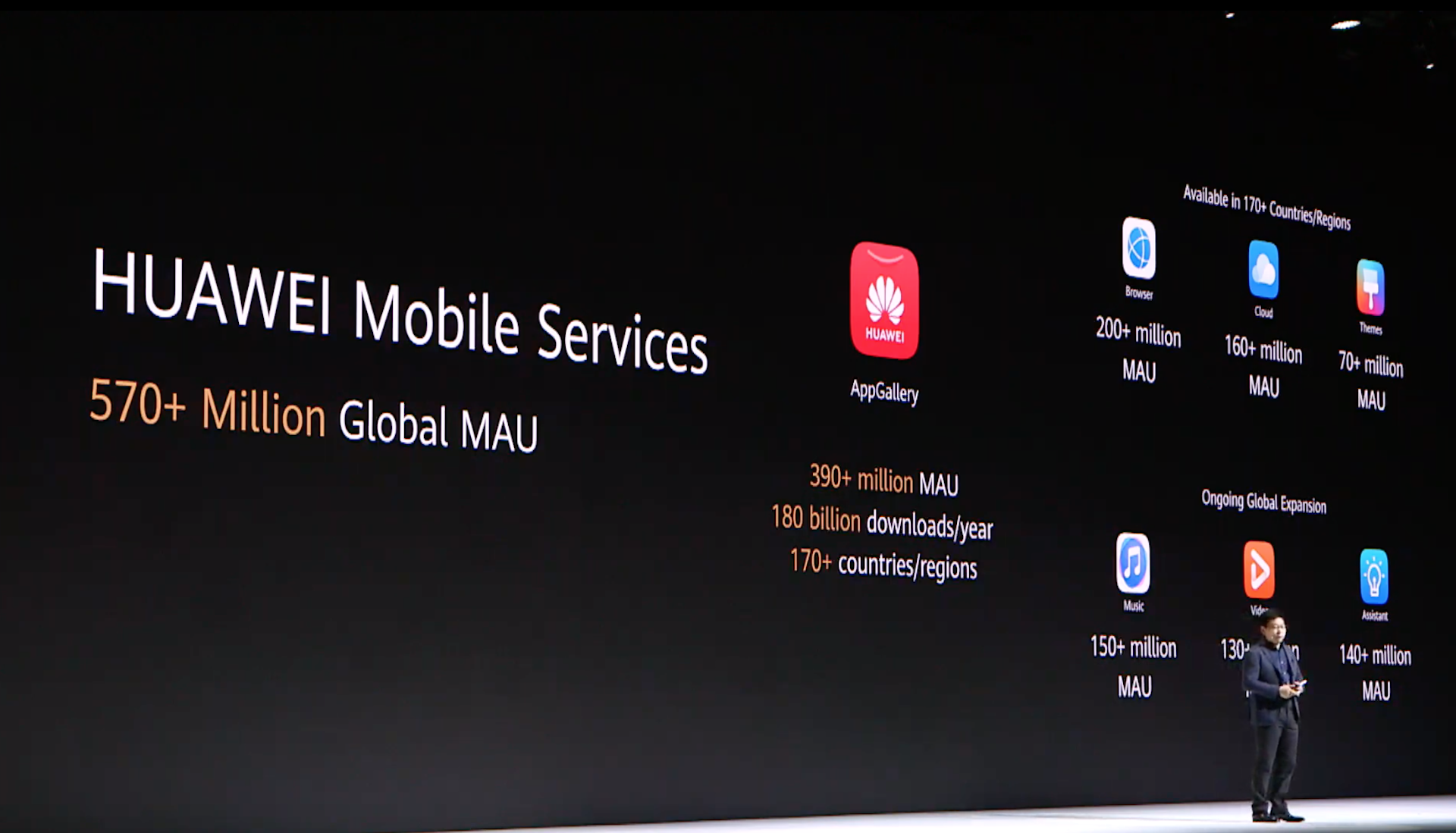
And since Huawei is barred from accessing Google Mobile Services, the Chinese company has instead created its own platform, Huawei Mobile Services, which all apps to be run on Huawei’s mobiles have to support.
This is one of the reasons why it’s not so straightforward for Huawei to get app developers to make Android apps available in AppGallery. Indeed, it requires more changes than you’d expect on the face of it to replace the Google platform with Huawei’s ecosystem.
And for that same reason, the alternative app stores are rarely a good solution, as many apps from alternative sources are at best running unstably and in some cases don’t work at all on your Huawei mobile.
Can’t expect same good experience
Besides which, scarcely any ordinary mobile users would dream of putting time and effort into downloading and familiarising themselves with non-mainstream alternatives to Google Play on their smartphone. That is simply not going to happen, regardless of what my colleagues with other tech media might imagine.
This is the reason why Huawei, with the launch of the P40 Pro in particular, had to convince consumers from the off that the company’s mobiles would work just as well as any other Android-based smartphone. And that users would be able to download virtually all of their usual apps from AppGallery. Basically to make it clear that consumers need have no worry about investing their money in a Huawei product and enjoying the smooth operation as ever.
Instead, Huawei, with AppGallery, has come up with a half-baked solution that far from offers users a seamless experience or a genuine alternative to Google.
Even Huawei CEO Richard Yu admits this in an interview with US Wired, saying Huawei would rather return to Google’s ecosystem and that expanding the company’s own app store will take at least one to two years.
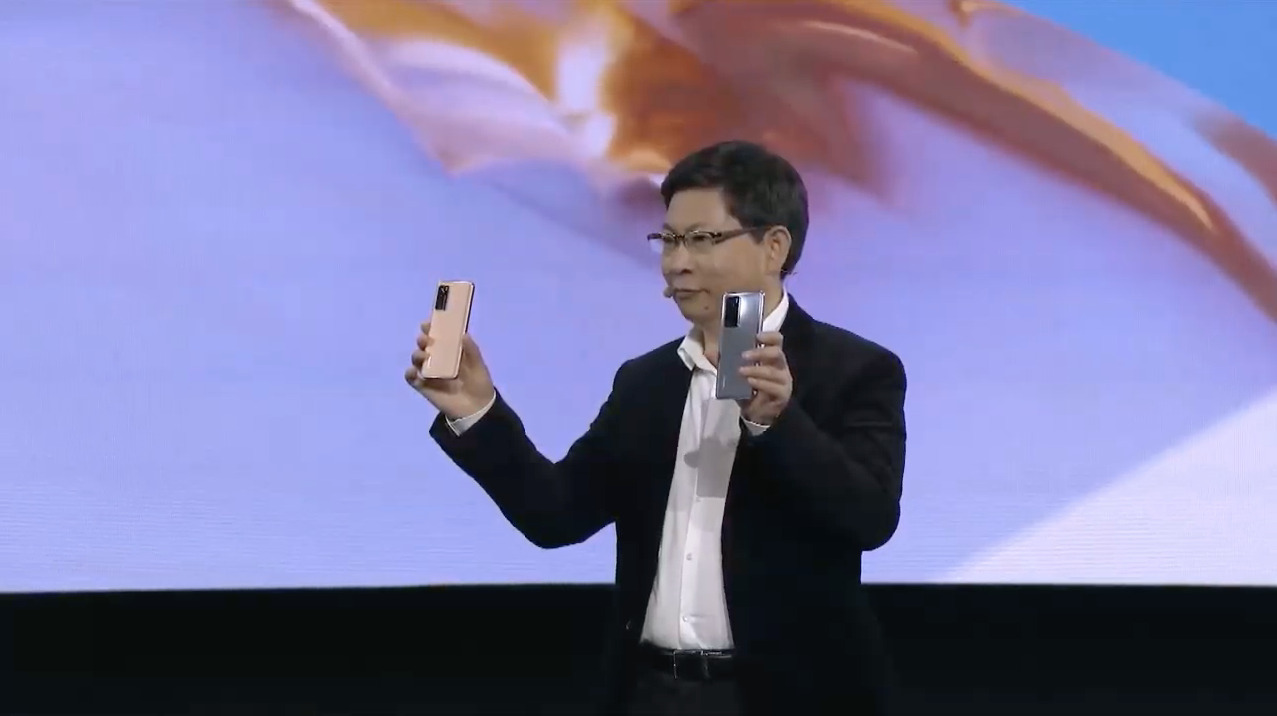
Bye, bye Huawei
Huawei doesn’t have much time. Although notably the P40 Pro is likely to sell to die-hard fans, Huawei is going to have to face the fact that the majority of ordinary consumers are going to opt out of their products when word gets round on how far removed from the familiar Google-based Android experience Huawei’s products actually are.
True, Huawei is the largest mobile manufacturer in its vast domestic market, so the Chinese manufacturer can undoubtedly continue to bring out new Google-less smartphones for some time, but even the biggest wallet will not get consumers flocking to buy into a new ecosystem that doesn’t offer the same services and features they are used to.
Just ask Microsoft. The software giant battled for four years to win out with what was otherwise an excellent Windows Phone operating system, but ultimately had to pull the plugon that mission. Consumer interest just wasn’t happening.
